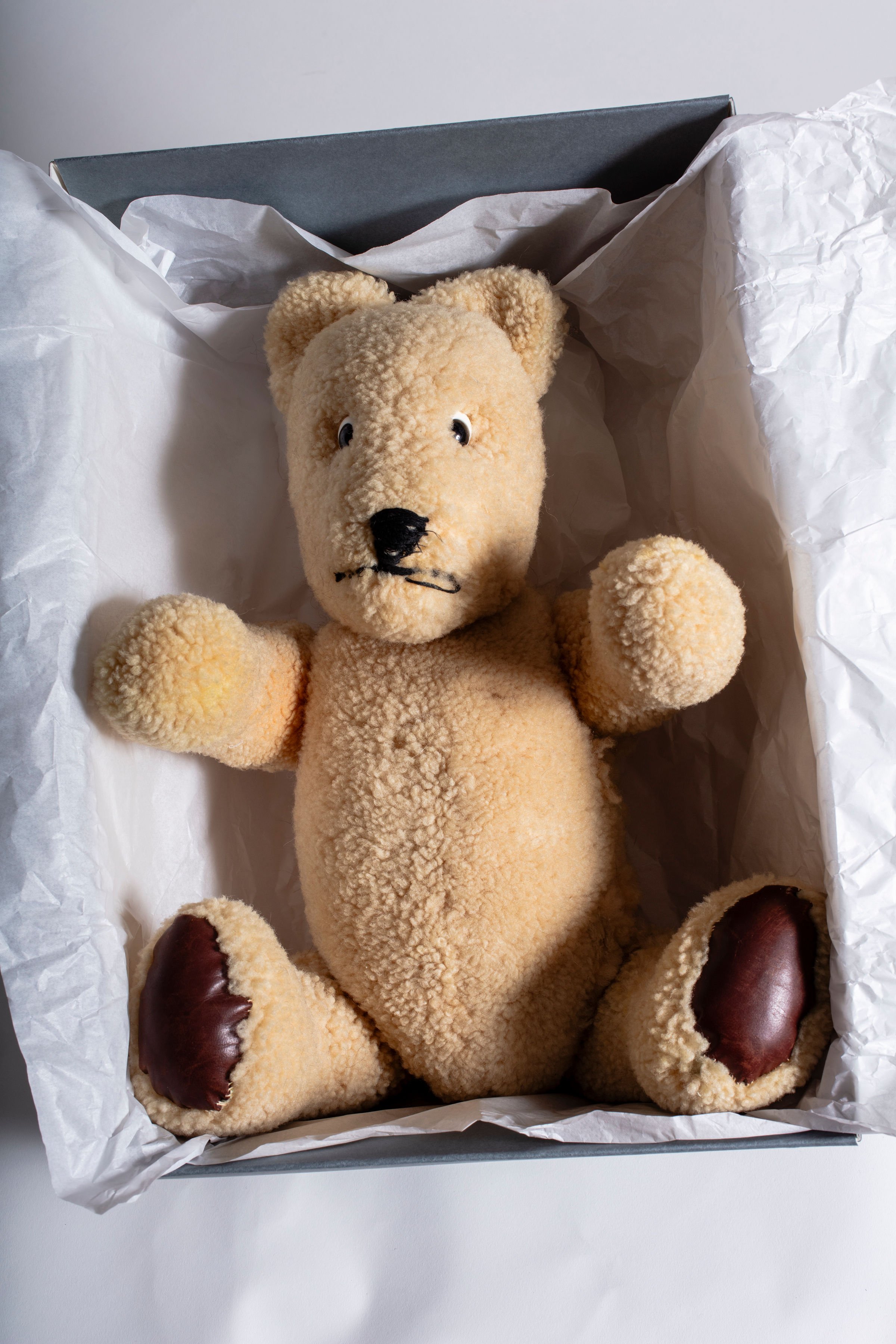Today in History - 18 September: The Port Kembla sinks off Farewell Spit
Nelson welcomes the Port Kembla's shipwrecked crew. 18 Sept 1917. Nelson Provincial Museum Collection: 285485 A5278
There was great excitement in Nelson at about noon on 18 September 1917 as news circulated that two boats carrying a shipwrecked crew were being towed back to Nelson. Just after 4 p.m. crowds gathered to witness the arrival of the steamer Regulus and its unexpected cargo of 60 rescued men.
Initially the name of the ship was withheld, until finally it was announced that the rescued crew were from the S.S. Port Kembla which had been bound for London carrying a full cargo of frozen produce, wool, skins, tallow, jams, lead and most importantly – MAIL!
What happened?
At about 1a.m. off Farewell Spit there was a massive explosion on board. ‘I was only half awakened by the explosion’ explained one of the crew members, ‘my first impression was that the vessel had struck a heavy sea…when I heard the Captain calling out “She’s going! Call all hands!” I was quickly on deck’.
The force of the explosion had shattered the compass and desperate attempts were made to send out a distress call only to find that the aerials had been destroyed and radio contact had been lost. There was only enough time to get two life boats in the water before the Port Kembla sank 20 minutes after the explosion.
The Captain with his first and third officers remained on deck as the ship listed. Water washed over the deck and the three men finally jumped in to the water and swam towards the life boats. It was reported that it was difficult to get to them amongst the debris and that they were in the water for about an hour.
The rescued crew of the Port Kembla. Nelson Provincial Museum Collection: 307345.
The two life boats floated until about 6:30 a.m. when they were spotted by the Regulus who had departed Nelson destined for Westport. The Regulus rescued the two boats towing them back to a large and curious crowd in Nelson.
When news of the shipwreck reached Nelson, the Mayor instantly set up a relief effort. Not sure of the state of those affected, a committee was formed to arrange accommodation and general care for the men when they arrived. All were given lodging and support when they landed. A great cheer rang out when it was announced that there had been no loss of life.
What caused the explosion?
There was great debate about the cause of the explosion. There were reports of a strong smell of sulphur which made some of the crew ill. Furthermore, the damage identified before the ship sank pointed to an internal explosion and potentially a bomb being placed on board the ship. A Russian man who had worked as a greaser on the ship was an instant suspect as he had deserted the ship just before it left Australia on 12 September 1917. He was arrested and charged with desertion. An official inquiry held in Wellington reached a finding that an internal bomb was the most likely the cause rather than an external explosion.
However, that changed when it was discovered that a German armed ship the SMS Wolf had been in New Zealand waters. Records show that on the night of 27 June 1917 the SMS Wolf laid a string of 35 mines off Cape Farewell. The mines were laid four metres below the surface. Deep enough that small vessels could not hit them but deep enough to put larger vessels right in the firing line. The intention - to hamper the British war effort. It became apparent that the Port Kembla had struck one of these mines on the very edge of the minefield.
The SMS Wolf - An Armoured German Ship which laid 35 mines of Farewell Spit. the mines were laid at a depth of four metres. Image Credit: Wikipedia, CC-BY-SA 3.0.
The Impact
The Port Kembla had been carrying a full load of foodstuff destined for England. Also on board was Red Cross parcels for soldiers serving in World War One. However, there was another significant impact. The Port Kembla had been carrying 465 mail bags, 270 of which were destined for New Zealand. There was much discussion about the loss of the mail which was a vital lifeline for many between New Zealand and ‘home’ (England). It even created discussion about the way mail was transported. One idea was that mail should be carried in waterproof bags above deck rather than in holds below deck so that in the event of a sinking there was a greater chance of saving it.







